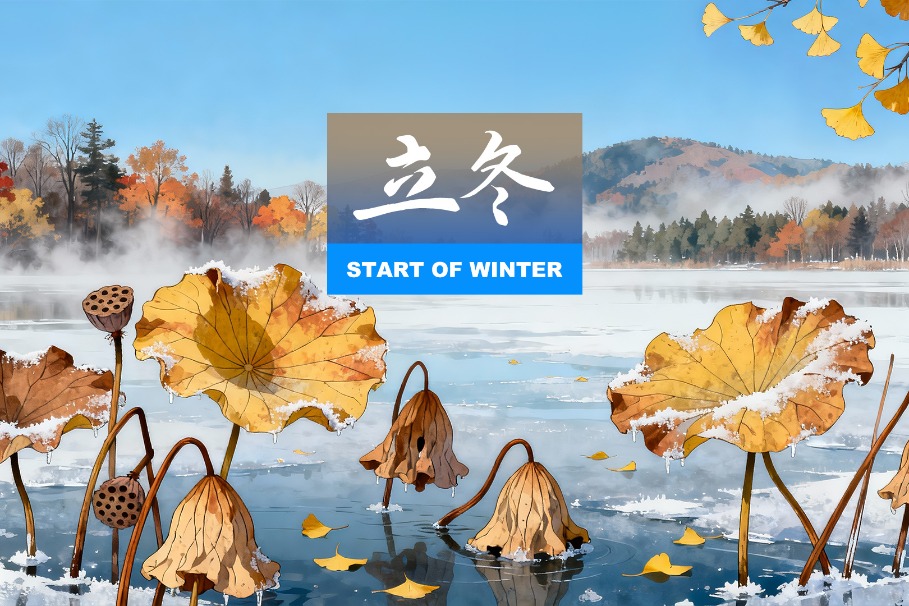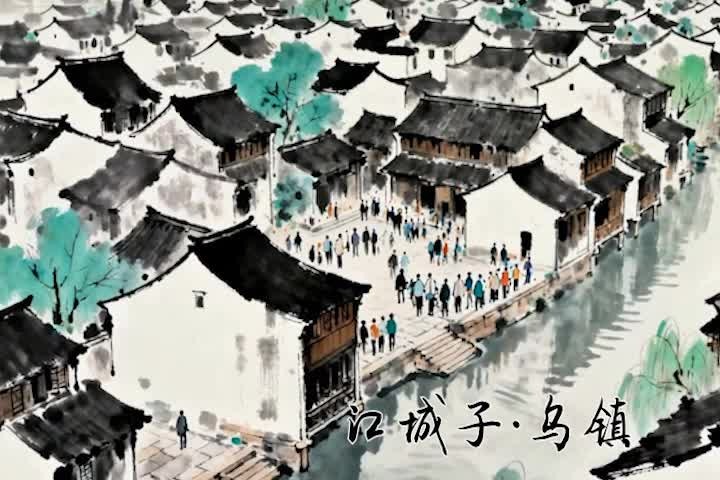An oasis of time and memory
Dunhuang Museum is a wellspring of history and culture on the edge of one of our planet's most foreboding deserts, Erik Nilsson and Hu Yumeng report.


The Dunhuang Museum is a newfound fount of history in Gansu province's desert — an oasis from which the past wells up into the present.
It's a grand theater that pulls back the curtain to reveal the full ensemble of roles people played here. It gives voice to deities and ordinary people alike — from the holy immortals of the Mogao Grottoes' artworks to the flesh-and-blood merchants, pilgrims and soldiers who brought this ancient crossroads to life. Their dialogue echoes over millennia to speak to us today.
To understand the stage upon which Dunhuang's drama would unfold, we must gaze beyond the fanfare of the Han (206 BC-AD 220) sentries and Tang (618-907) merchants who star in its most iconic scenes of militarization and commercialization.
Peering below the surface, we discover the deeper currents of history that made their performances possible where water permeated parched wilderness.
The main ingredients of Dunhuang's initial alchemy were water and bronze, before the silk that wove its golden age.

Shining beyond bronze
The museum's oldest artifacts — simple stone tools and pottery — reveal lives scratched out of this scorched wilderness by the Qiang and Rong tribes of the Bronze Age Huoshaogou civilization around 3,500 years ago. They thrived parallel to the protohistoric Xia Dynasty (c. 21st century-16th century BC) in China's distant heartland.
Following this opening act, turmoil erupted during the Warring States Period (475-221 BC) until the fleeting Qin Dynasty (221-206 BC) briefly unified the domain. This ushered in a new cast of characters who took center stage on this outlying wing of the Central Plains' empire. The Wusun, Rouzhi and Saka peoples — fearsome equestrian nomads native to the Central Asian steppe — galloped in to dominate this arid expanse.
A plot twist came with the arrival of a new force from the north in the second century BC, when the audacious Xiongnu (Huns) stormed into the Hexi Corridor. They crushed the Rouzhi and allied with the Qiang, coalescing like a cloud threatening to thunder over the fledgling Western Han Dynasty (206 BC-AD 24).
Yet, while these foreign armies marched east, second-century explorer and diplomat Zhang Qian ventured west to seek peace and prosperity beyond the empire's borders. The Xiongnu captured and imprisoned him for a decade. Yet, he returned to the emperor with a counterintuitive proposition — to envision the frontier as a gateway for the flow of goods, rather than just a military breach to seal shut.





































